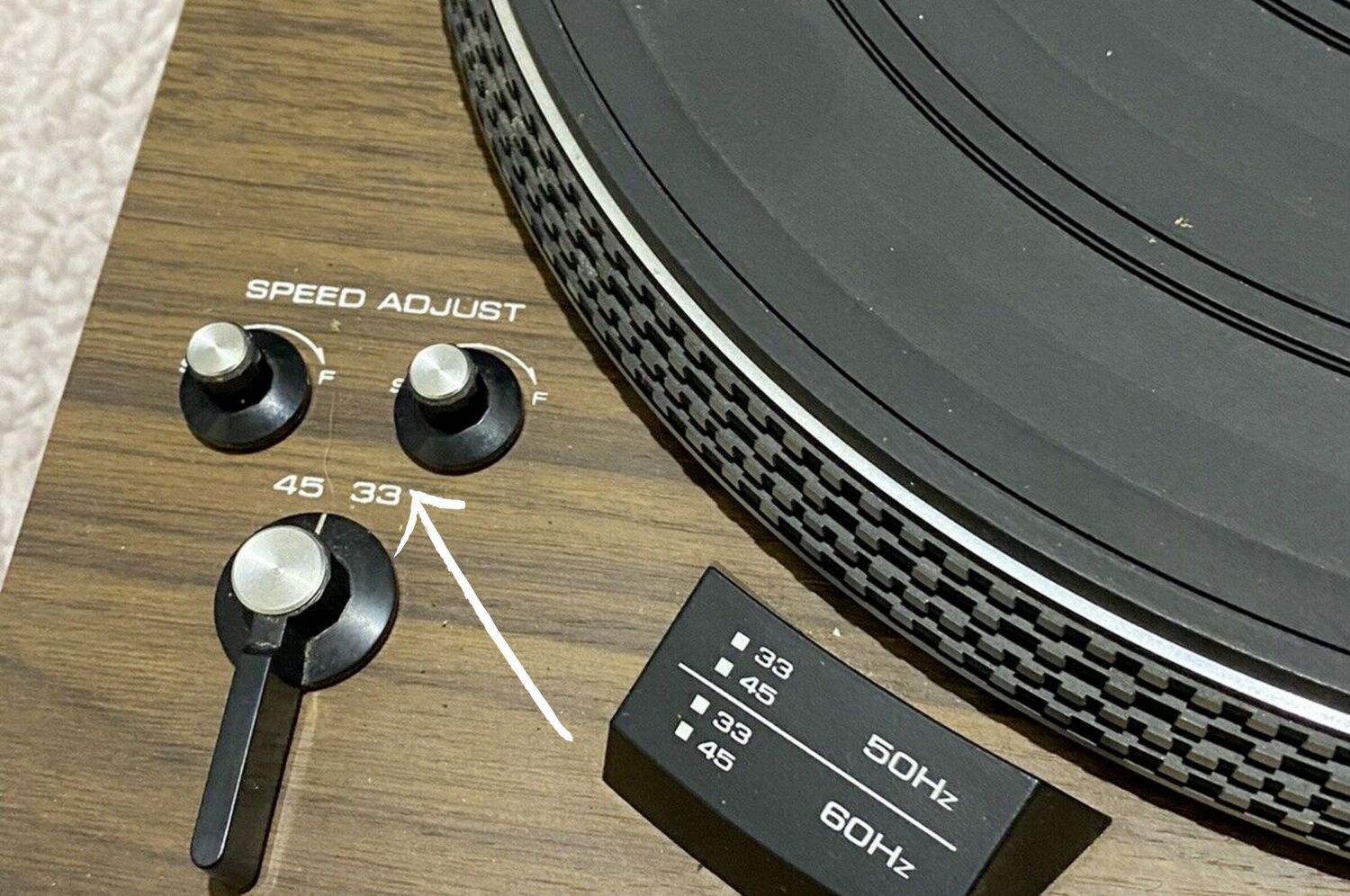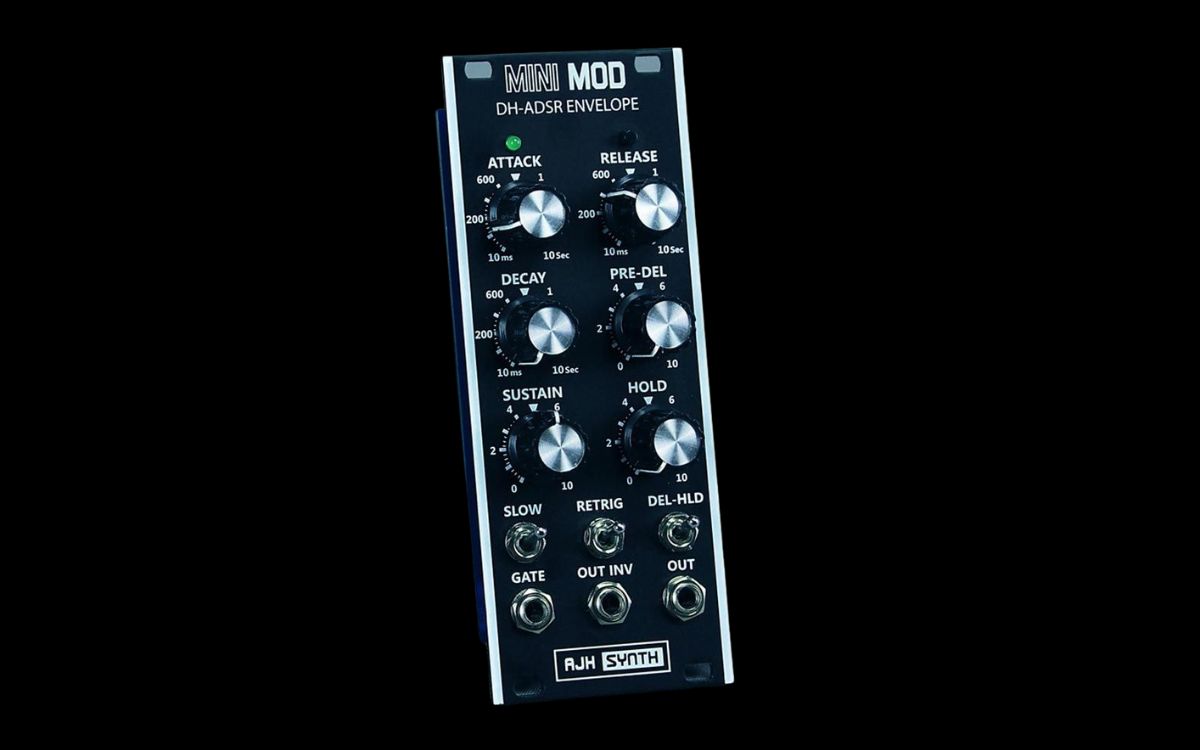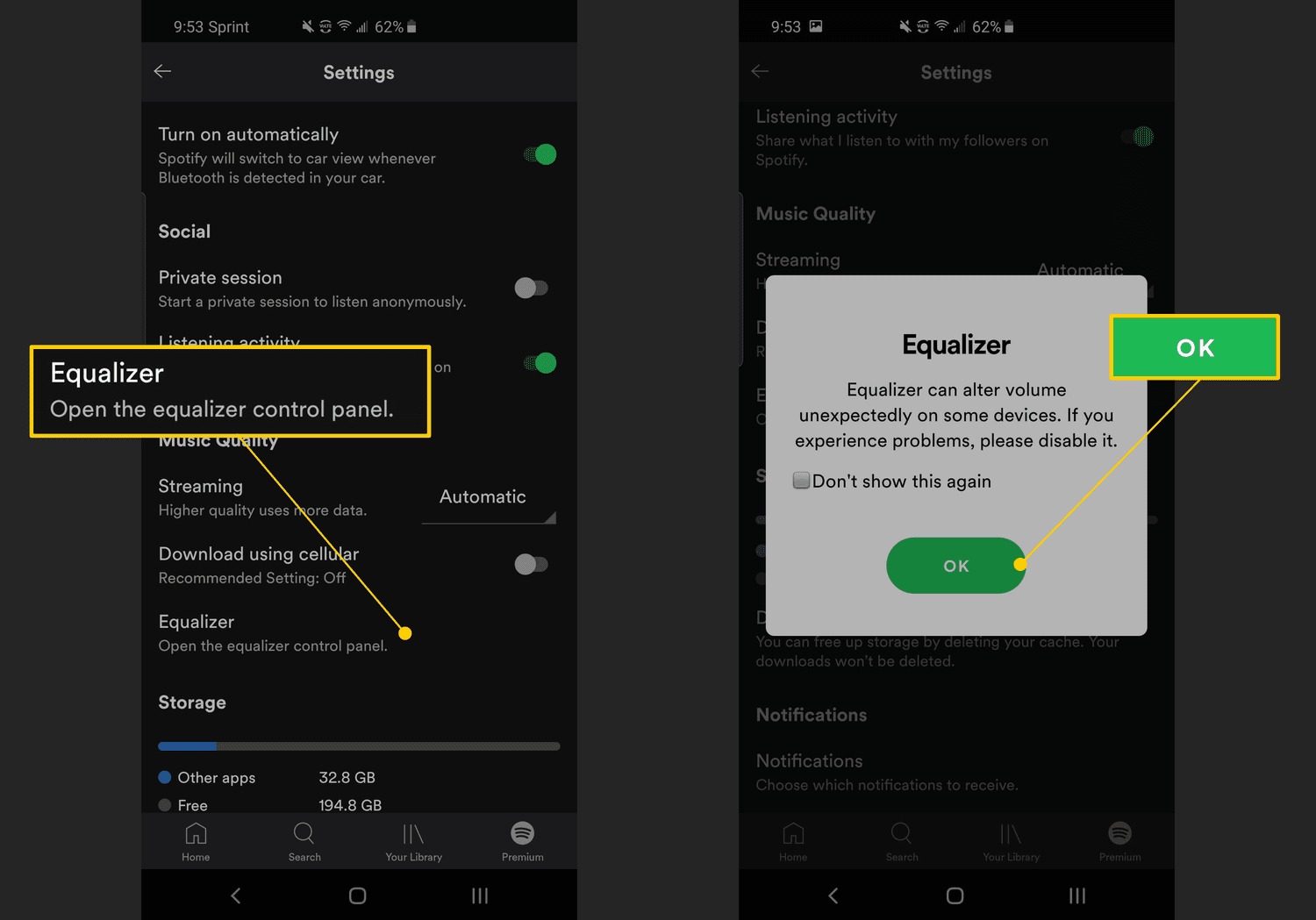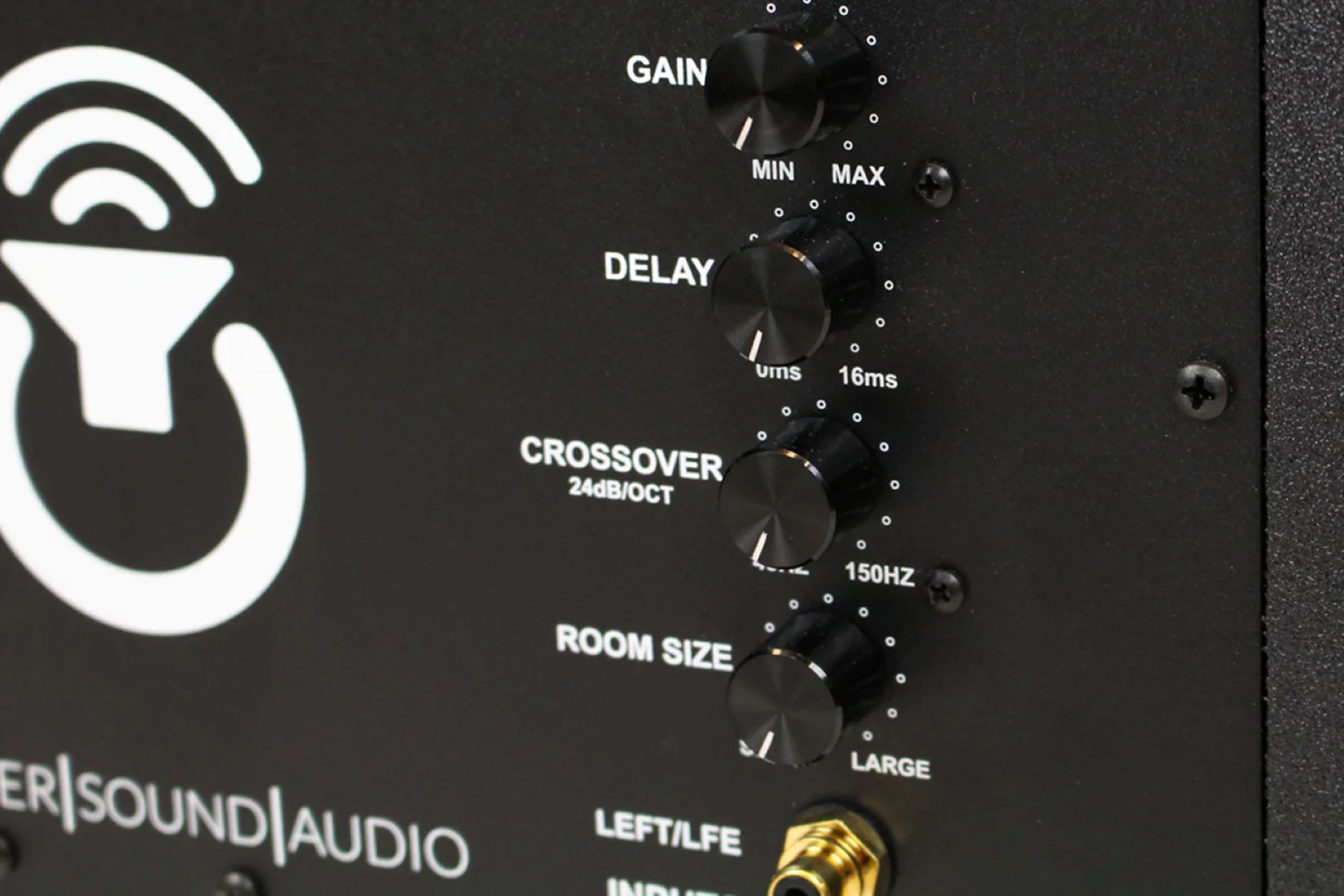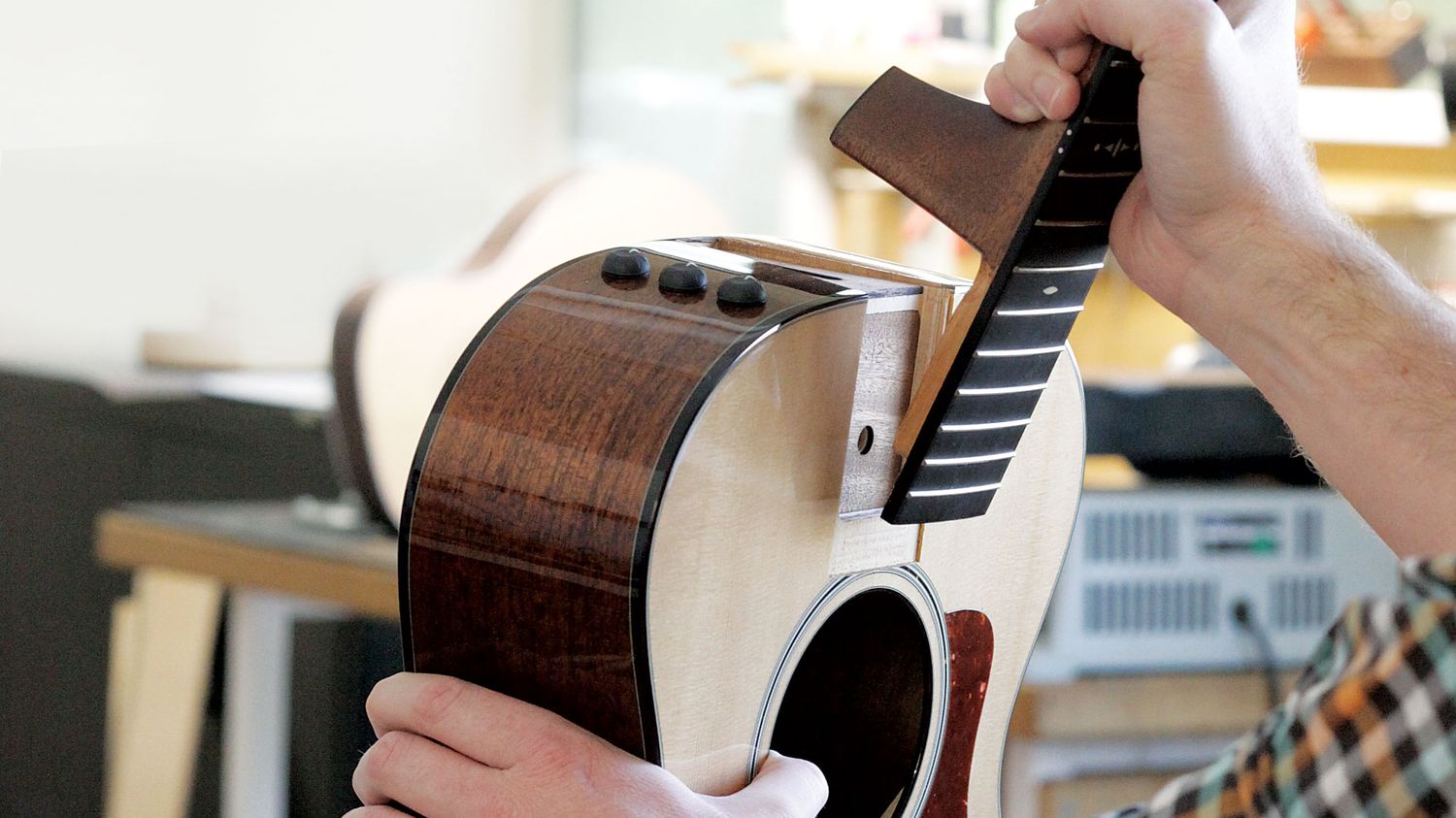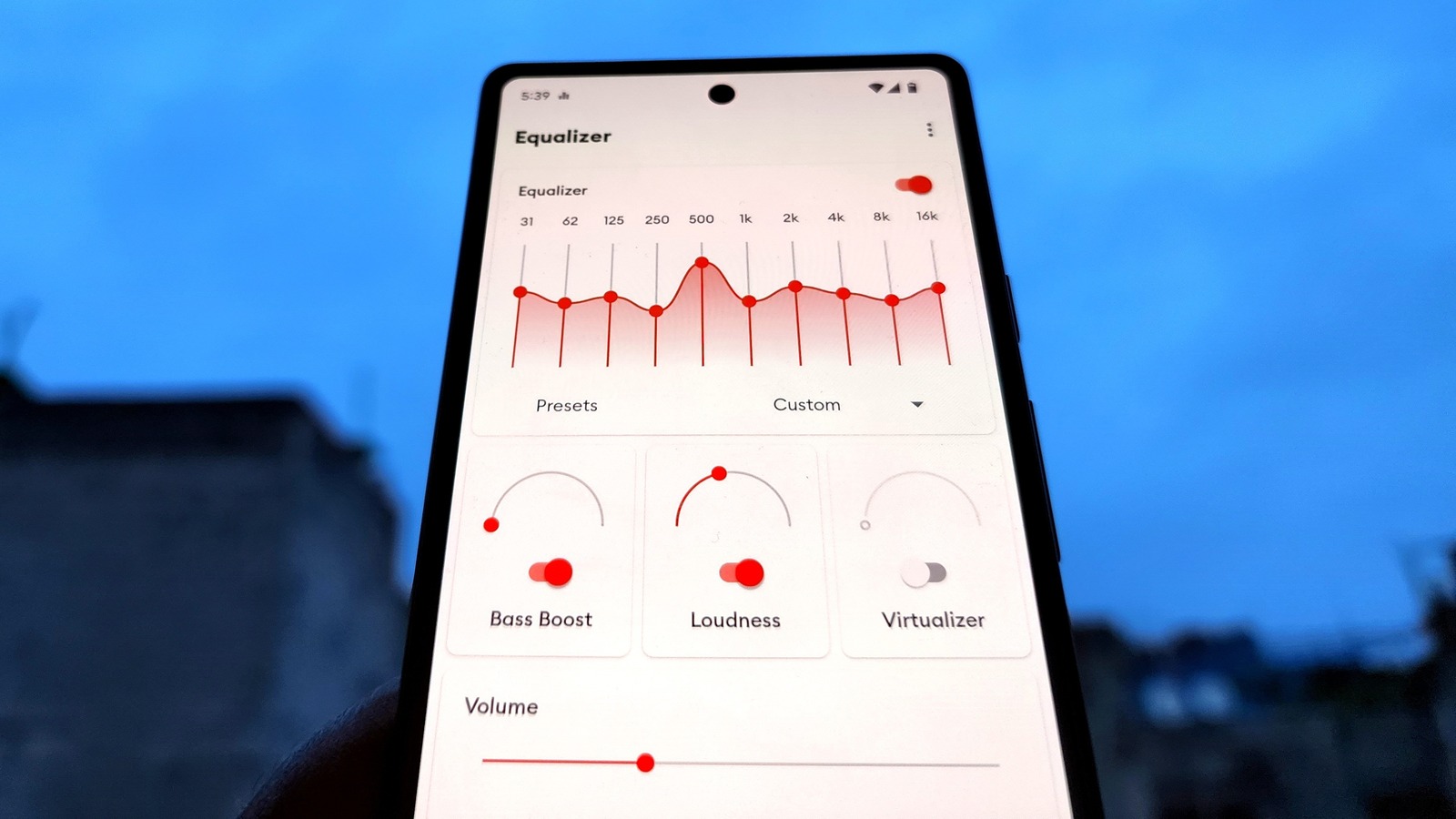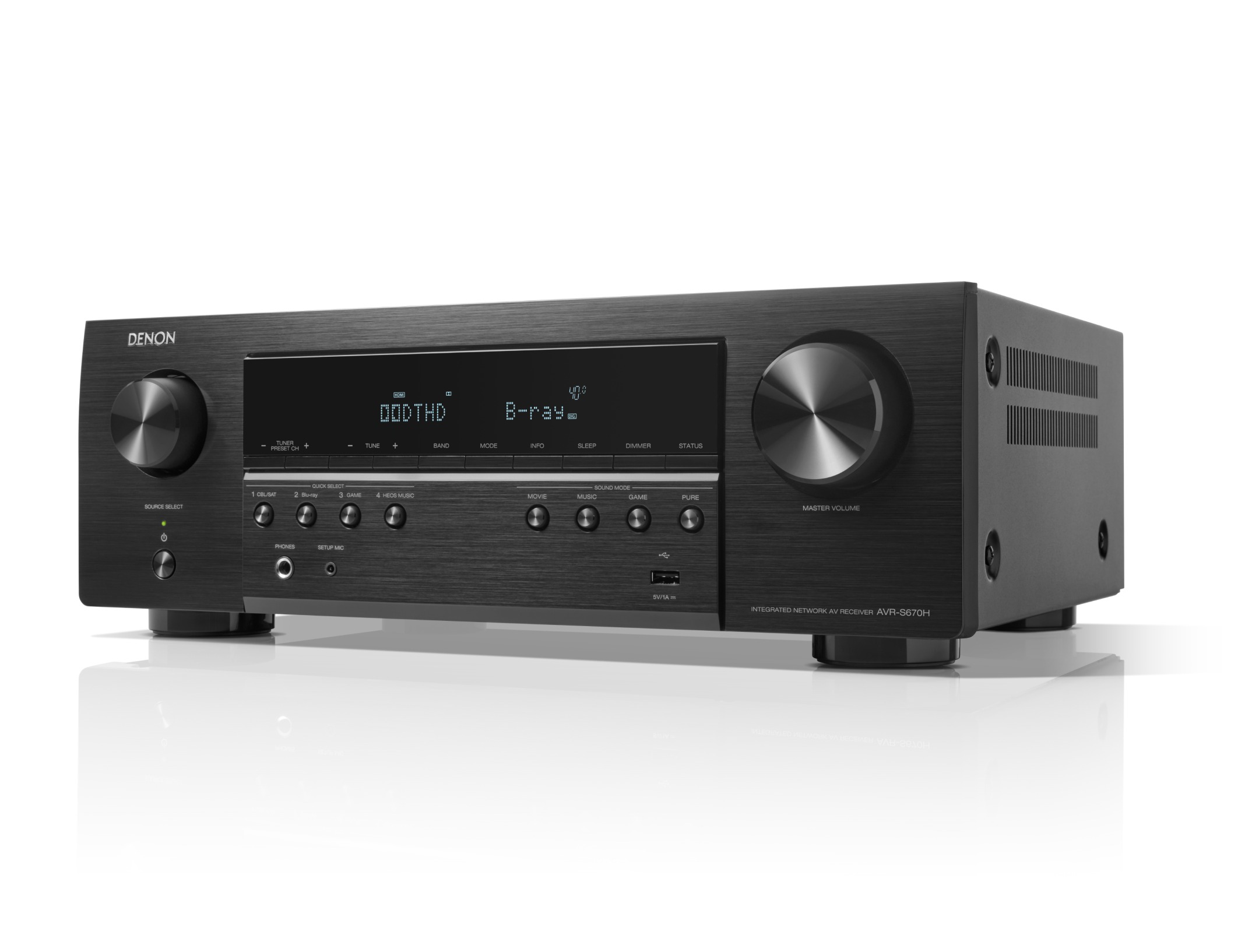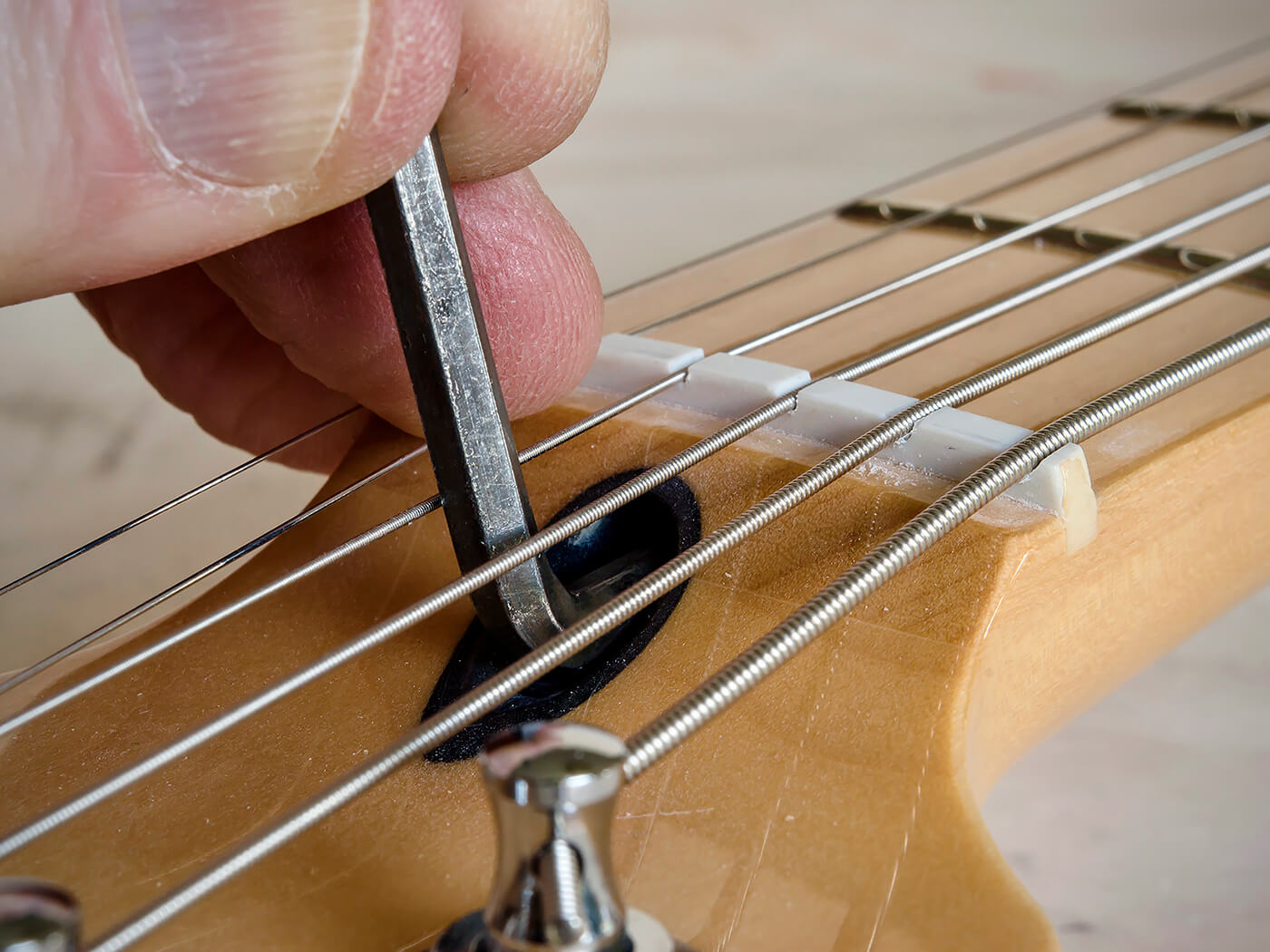Home>Production & Technology>Metronome>How To Adjust Tempo On A Metronome
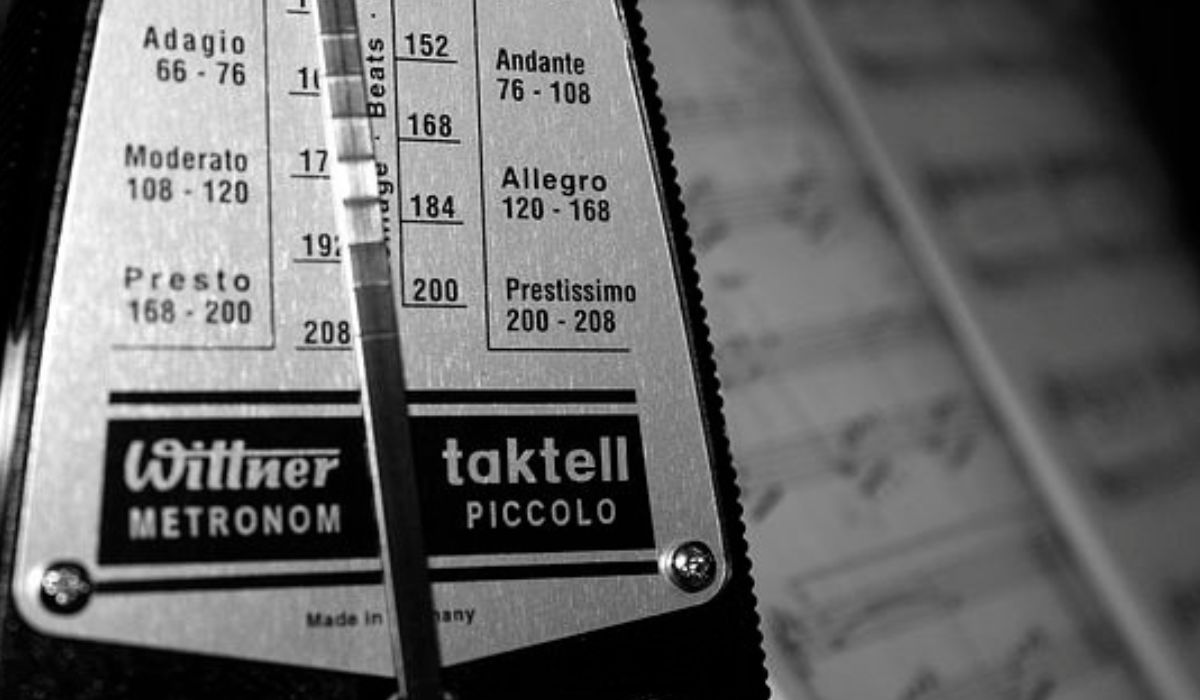

Metronome
How To Adjust Tempo On A Metronome
Published: January 13, 2024
Learn how to easily adjust the tempo on a metronome and improve your musical timing. Find tips and tricks for using a metronome effectively.
(Many of the links in this article redirect to a specific reviewed product. Your purchase of these products through affiliate links helps to generate commission for AudioLover.com, at no extra cost. Learn more)
Table of Contents
Introduction
Have you ever wondered how musicians keep perfect time while playing an instrument? The answer lies in the trusty metronome. A metronome is a small device that emits a steady beat at a specific tempo to help musicians stay in rhythm. Whether you’re a beginner or an experienced musician, understanding how to adjust the tempo on a metronome is essential for improving your timing and precision.
In this article, we will guide you through the steps of adjusting the tempo on a metronome. By the end, you’ll be able to confidently set the tempo to match any piece of music you’re playing.
Before we dive into the details, it’s important to note that metronomes come in various forms. From traditional mechanical metronomes with a swinging pendulum to modern digital metronomes with advanced features, the basic principles of adjusting the tempo remain the same. So, no matter which type of metronome you have, this guide will be applicable.
So, let’s get started and learn how to take control of the tempo on your metronome!
Understanding Tempo on a Metronome
Before we delve into the process of adjusting the tempo on a metronome, it’s crucial to have a clear understanding of what tempo is. In music, tempo refers to the speed at which a piece of music is performed. It determines the pace or rhythm of a musical composition and is typically measured in beats per minute (BPM).
A metronome is a device that helps musicians stay in time by producing a consistent, audible click or beat. The tempo on a metronome indicates how many beats per minute it will produce. For example, a tempo of 60 BPM means the metronome will produce 60 beats per minute, or one beat every second.
Tempo plays a vital role in music, as it sets the mood, energy, and overall feel of a piece. Different genres of music often have different preferred tempos. For instance, a lively dance tune may have a fast tempo, while a slow ballad may have a slower tempo.
With this understanding, it becomes clear that adjusting the tempo on a metronome is crucial for musicians to accurately play a piece of music at the intended speed. It allows them to develop a sense of timing, precision, and consistency.
It’s also worth mentioning that metronomes typically offer a wide range of tempo options, allowing musicians to select the desired BPM to match the speed of the music they are playing. By adjusting the tempo on a metronome, you can challenge yourself to play faster pieces, gradually increase your speed, or even practice at slower tempos to focus on accuracy and technique.
Now that you have a solid understanding of tempo and its significance, let’s move on to the step-by-step process of adjusting the tempo on a metronome.
Step 1: Familiarizing Yourself with the Metronome
Before you can adjust the tempo on a metronome, it’s important to become familiar with its features and functions. The layout and controls may vary depending on the type of metronome you have, so take a moment to explore the device and understand its different components.
If you have a traditional mechanical metronome, it typically consists of a pendulum that swings to produce the beat. It will also have a weight or slider that can be moved to adjust the tempo. On the other hand, if you have a digital metronome, it will have buttons or a touch interface for adjusting various settings.
Start by locating the tempo control on your metronome. It is usually marked with BPM (beats per minute) or a similar symbol. This control allows you to increase or decrease the tempo of the metronome’s beats.
Take note of any additional features your metronome may have, such as volume control, accent beats, or different sound options. These features can enhance your practice sessions and provide versatility in your training. Familiarize yourself with how these features work so you can utilize them effectively in the future.
Lastly, make sure your metronome is in good working condition. Check the batteries if it’s a digital metronome, or ensure that the pendulum swings smoothly and that all mechanical parts are functioning correctly. Being familiar with your metronome and its condition will help ensure that you get accurate and reliable tempo settings.
Now that you’re acquainted with the basic features of your metronome, it’s time to move on to the next step: setting the tempo.
Step 2: Setting the Tempo on the Metronome
Once you’re familiar with your metronome, it’s time to set the tempo to match the desired beats per minute (BPM) for your practice or performance. Setting the tempo correctly is crucial for maintaining a steady rhythm and staying in sync with the music.
First, locate the tempo control on your metronome. As mentioned earlier, it is usually labeled with BPM or a similar symbol. On a digital metronome, you may need to use the buttons or touch interface to adjust the tempo.
For beginners, it’s a good idea to start with a moderate tempo. Setting the metronome to around 60-80 BPM is a common range for many practice sessions. This tempo allows for a comfortable and steady pace where you can focus on playing accurately and building good technique.
If you’re playing alongside a specific piece of music, you may want to find out the recommended tempo for that composition. This information can usually be found in the musical notation or sheet music. Use this recommended tempo as a guide to set your metronome to the desired BPM.
As you become more experienced, you can experiment with different tempos to challenge yourself. Playing at faster tempos will help improve your speed and agility, while slower tempos will allow you to work on precision and control.
Ensure that you take a moment to double-check the tempo you have set on the metronome before you start playing. Accuracy in setting the tempo is crucial for effective practice sessions and successful performances.
Now that you have set the desired tempo on your metronome, it’s time to move on to the next step: adjusting the tempo.
Step 3: Adjusting the Tempo on the Metronome
Once you have set the initial tempo on your metronome, you may find the need to adjust the tempo to suit your practice needs or the specific requirements of the music you’re playing.
If you feel that the tempo you initially set is too slow or too fast, you can make adjustments accordingly. To increase the tempo, simply turn the control knob or press the appropriate buttons to raise the BPM. Similarly, to decrease the tempo, adjust the control knob or buttons to lower the BPM.
It’s important to make small, gradual adjustments to the tempo rather than making sudden, drastic changes. This allows for a smoother transition in tempo and helps you maintain a steady rhythm. Take the time to listen to the metronome and the rhythm it produces as you make adjustments, ensuring that it aligns with your desired pace.
If you’re practicing a particular musical passage, it can be helpful to slow down the tempo initially to focus on accuracy and technique. Once you’re comfortable, gradually increase the tempo to build speed and fluency in your playing.
Remember, the metronome is a tool to aid your practice, so don’t be afraid to experiment and find the tempo that works best for you. Every musician has their own preferences and comfort zones when it comes to tempo, so finding the right balance is essential for your growth and development as a musician.
Continue to adjust the tempo on your metronome as needed throughout your practice sessions or performances. Adaptability and flexibility in adjusting the tempo will allow you to tackle various musical challenges and continue refining your skills.
Now that you understand how to adjust the tempo on your metronome, let’s move on to the final step: practicing with different tempos.
Step 4: Practicing with Different Tempos
One of the best ways to improve your musical skills is to practice with different tempos on your metronome. By challenging yourself with a variety of speeds, you can enhance your timing, coordination, and overall musicality.
Start by experimenting with tempos that are slightly faster or slower than your comfort zone. This will help you expand your range and adapt to different musical styles and genres. Gradually increase the tempo as you become more comfortable, pushing yourself to play at faster speeds.
Playing at faster tempos builds speed, agility, and dexterity in your playing. It helps improve your ability to maintain accuracy, even when playing complex passages or intricate musical patterns. Remember to start slow and gradually increase the tempo as your proficiency increases.
On the other hand, practicing at slower tempos is equally beneficial. Slow tempos allow you to focus on precision, control, and musical expression. It provides an opportunity to refine your technique, articulate each note clearly, and convey emotions effectively through your playing.
Challenge yourself by alternating between fast and slow tempos. This will enhance your ability to quickly adapt to different musical requirements, such as sections that require a sudden change in pace or tempo shifts within a piece.
It’s important to note that each piece of music has an optimal tempo that enhances its musicality and interpretation. Take the time to experiment with different tempos and find the one that brings out the desired character and emotion in the music you’re playing.
As you practice with different tempos, listen carefully to the metronome and focus on maintaining a consistent rhythm. Aim for accuracy, evenness, and a strong sense of timing. Over time, this will develop your internal sense of pulse and improve your overall musicality.
Remember that the metronome is your partner in practice. It keeps you accountable and helps you establish a solid foundation in rhythm and timing. Embrace the process, be patient with yourself, and enjoy the journey of exploring different tempos on your metronome.
Now that you’ve learned how to practice with different tempos, it’s time to wrap up and apply what you’ve learned to your musical journey.
Conclusion
Congratulations! You have successfully learned how to adjust the tempo on a metronome. This newfound skill will greatly benefit your musical journey, whether you’re a beginner learning the basics or an experienced musician striving for perfection.
By understanding tempo and utilizing your metronome effectively, you can develop a strong sense of rhythm and timing. Remember, the metronome is not just a tool; it is your practice companion, helping you maintain a consistent beat and stay in sync with the music.
Familiarize yourself with your metronome’s features and controls, ensuring that you can adjust the tempo easily. Set the initial tempo based on your practice needs or the recommended tempo of the music you’re playing. Then, experiment with different tempos to challenge yourself, improve your speed, build accuracy, and refine your musical expression.
As you continue to practice with different tempos, pay attention to listen carefully to the metronome. Focus on maintaining a consistent rhythm, even when facing complex musical passages or intricate patterns. Gradually, you will develop a solid foundation in rhythm, timing, and musicality.
Remember that the metronome is a valuable tool, but it is just one aspect of your practice routine. Incorporate it along with other practice techniques, such as playing along with recordings, working with a teacher, and experimenting with different musical styles and genres.
So, go ahead and seize the opportunity to enhance your musical skills with the help of your trusty metronome. Embrace the process, be patient with yourself, and enjoy the rewards that come from disciplined practice and dedication.
Now, the stage is yours. Set your metronome, trust in its beat, and let your musical journey unfold with precision, rhythm, and musicality. Good luck!


